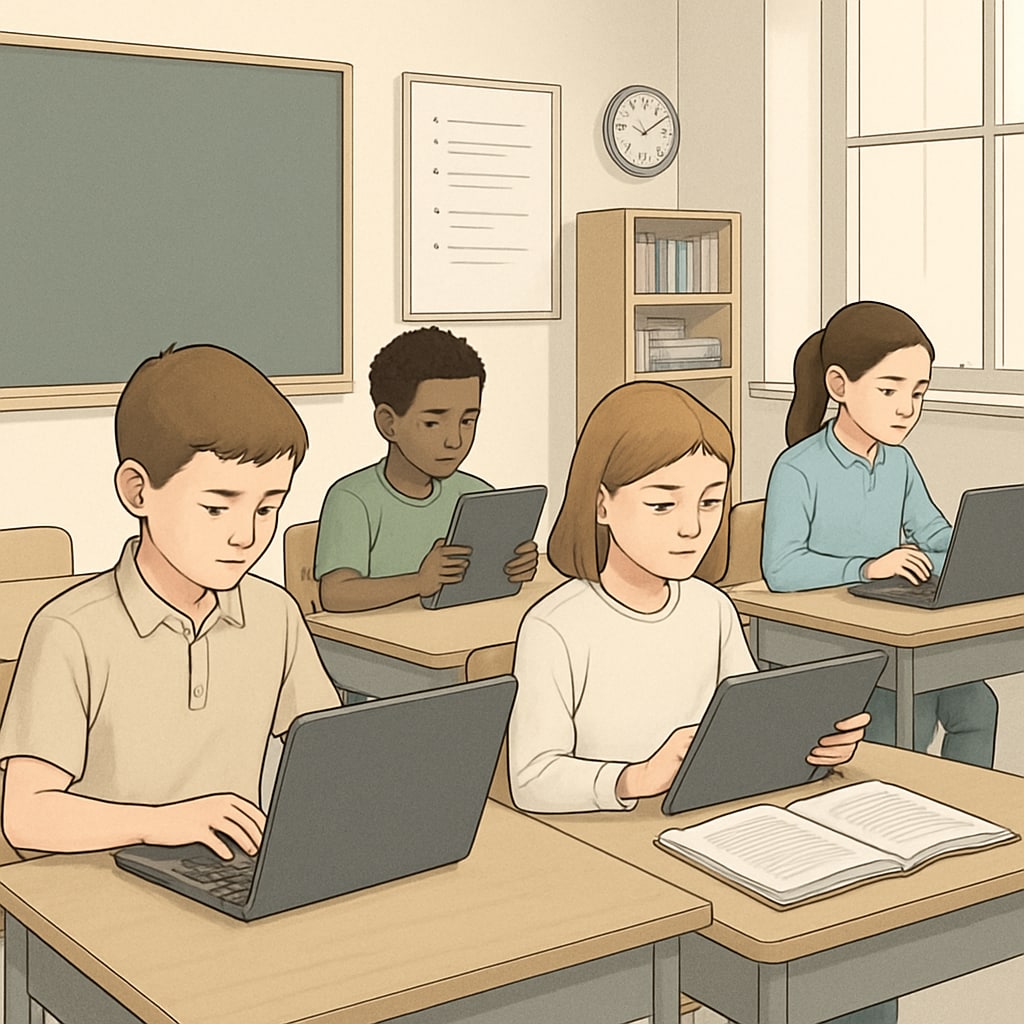School phone bans are becoming a widespread policy aimed at addressing issues tied to mobile devices in educational settings, such as school safety, learning distractions, and privacy concerns. While these bans may seem like a straightforward solution, their implementation and consequences require deeper examination. In this article, we explore the multifaceted impact of school phone bans and propose an inclusive framework to manage digital devices in classrooms effectively.

Challenges of Enforcing Phone Bans in Schools
Implementing a blanket phone ban in schools presents several challenges. Firstly, while the intention is to minimize distractions and foster a focused learning environment, the outright prohibition of phones can also alienate students who rely on them for legitimate purposes, such as communicating with family or accessing educational resources. Moreover, enforcing such policies can place additional burdens on educators and administrators, who must monitor compliance, often leading to conflicts with students.
Privacy is another significant concern. Confiscating phones as part of a ban may inadvertently expose sensitive personal information stored on devices. This raises legal and ethical questions about how schools handle such situations responsibly. Furthermore, in emergencies, phones can serve as vital tools for communication, making a strict ban potentially detrimental.
Opportunities Offered by Restricting Phone Use
Despite the challenges, limiting phone use in schools does offer benefits. Reducing distractions caused by social media, gaming, or non-educational apps can help students concentrate better on their studies. Additionally, phone bans may promote face-to-face interactions, fostering stronger peer relationships and improving social skills.
Moreover, schools can leverage the absence of phones to emphasize alternative educational technologies. For example, investing in tablets or laptops equipped with pre-approved learning tools can provide a controlled digital environment that supports students’ academic growth.

Proposed Alternatives to Blanket Phone Bans
Rather than imposing strict bans, schools can adopt a balanced approach to digital device management. Here are some alternative strategies:
- Designated Phone Zones: Establish areas where students can use their phones during breaks or emergencies, ensuring their needs are met without disrupting classroom activities.
- Educational Phone Policies: Allow phone usage during lessons under supervision, focusing on apps or tools that enhance learning, such as language apps, calculators, or research tools.
- Parental Involvement: Work with parents to set guidelines for phone usage at school, ensuring mutual understanding of the policy’s goals.
- Digital Literacy Programs: Educate students on responsible phone use, emphasizing the importance of balancing online activities with real-world interactions.
Adopting these alternatives can help schools maintain a focused learning environment while addressing communication and privacy concerns effectively.
Striking the Right Balance
Ultimately, the goal of any phone policy should be to strike a balance between minimizing distractions and accommodating the realities of modern communication. Schools must recognize that phones are an integral part of many students’ lives and find ways to manage their presence constructively. This involves creating a culture of mutual respect, where students understand the rationale behind restrictions and educators are equipped with tools to enforce policies fairly.
By fostering collaboration between students, parents, and educators, schools can develop policies that enhance learning without alienating the very individuals these policies are designed to support.
Readability guidance: Through concise paragraphs and well-organized lists, this article ensures clarity and accessibility. The use of transition words, active voice, and short sentences maintains a professional yet engaging tone suitable for a diverse audience.


